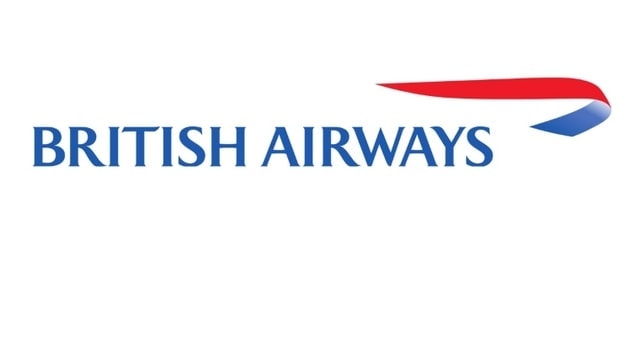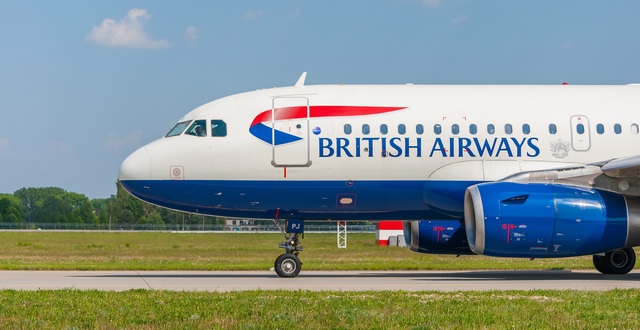The UK’s largest international carrier British Airways is one of the world’s leading global premium airlines and leading player in the airline industry serving more than 45 million customers in a year.
The Waterside near its main hub at London Heathrow Airport-based airline has completed more than 97 years since its inception in the year 2016 while in January 2011 British Airways was merged with Iberia resulting into creation of International Airlines Group (IAG).
In terms of annual revenue the IAG, holding company registered in Madrid, Spain is the world’s third-largest airline group and the second-largest in Europe.
Table of Contents
Segmentation, targeting, positioning in the Marketing strategy of British Airways –
BA uses the mix of demographic and Psychographic Segmentation strategies to Identify and determine the important characteristics of the market helping the company in evaluating the nature of each segment of customers.
Since the varied segment of customers has been rewarded by the company through loyalty programmes, therefore the company uses differentiated targeting strategy to identify the attractiveness of each segment.
The company has positioned itself based on the leadership position in strategic markets, alliances, and diverse customer groups. It uses customer class based positioning strategy.
Marketing mix – Here is the Marketing mix of British Airways.
SWOT analysis – Here is the SWOT analysis of British Airways.
Mission- “Not Available”
Vision- “To become the world’s leading global premium airline”
Tagline-“To fly …to Serve”
Competitive advantage in the Marketing strategy of British Airways –
Global Presence: Expanding its operations in more than 82 countries with more than 300 aircrafts fleet size has helped the company in increasing its reach outside the UK and sovereign failure risk mitigation.
Subsidiary Business: In order to operate seamlessly in other countries globally, the company has been conducting business through various subsidiaries such as BA & AA Holding limited, Bealine Plc., British Airways Holdings Limited, British Midland Limited, Overseas Airtravel Limited etc.
BCG Matrix in the Marketing strategy of British Airways –
The British Airways groups operate in the business segments such as Passenger and Cargo segment. Although the profitability of the business is being evaluated basis route profitability, demand pattern and others but these segments make the operational part of the company easy.
Among the segments it operates into, passenger business is Stars in the BCG matrix while the cargo business is a question mark.
Distribution strategy in the Marketing strategy of British Airways –
The Group travels to more than 200 destinations in more than 82 countries globally. British Airways has a fleet of Airbus 318-100, Airbus 319-100, Airbus 320-200, Airbus 321-200, Airbus 380-800, Boeing 747-400, Boeing 757-200, Boeing 767-300, Boeing 777-200, Boeing 777-300, Boeing 787-8, Boeing 787-9, Embraer 170 and Embraer 190.
Additionally, the two Airbus A380s entered service during the year 2016 along with 11 stretches Boeing 787-9s.
Brand equity in the Marketing strategy of British Airways –
The holding company of British Airways is International Airlines Group (IAG), it has been ranked 405th in Forbes magazine list of global 2000 brands (as of May 2017). The brand has been valued at $13.7 billion as of May 2017 (market capitalization value method) generating revenue of more than $25 billion.
Its Buy-on-board (BOB) service has created bad publicity for the company wherein customer of the economy class have to pay for the in-flight food.
Competitive analysis in the Marketing strategy of British Airways –
British Airways competes with direct & indirect players in the market. It faces competition from other airlines on routes, connecting/ indirect flights, charter services and alternative modes of transportation.
Some of the competitors have a competitive advantage over others due to government interventions in the business, the capacity growth of the particular market, cost structure lower than British Airways.
It competes with players in the market like Virgin Atlantic, American Airlines, Singapore Airlines, Lufthansa Airlines, Silk Air and many others.
Market analysis in the Marketing strategy of British Airways –
Various political events like unrest in European unions, the rise of militant groups, US elections, Terrorist attacks, Brexit, fuel prices and interest rates are affecting the operations of players in the market.
Decrease in fuel prices and increase in fleet capacity to increase the long haul and short haul flights are driving the growth of the industry supplemented by the regional transportation for short distances are some of the driving forces of the industry globally.
The airline industry globally is highly regulated and exposed to changes in customer behavior and consumer conceptions.
Customer analysis in the Marketing strategy of British Airways –
Most of the customers of the British Airways are in the age group of 20-50 years and are frequent fliers of the Airlines. The global premium airlines have customers majority of which are corporate or are from upper middle or upper-income social group.
The customer’s satisfaction level is continuously monitored by the company through surveys and research techniques in order to mitigate the risk of losing the customer and controlling new customer acquisition cost.
Liked this post? Check out the complete series on Strategies

